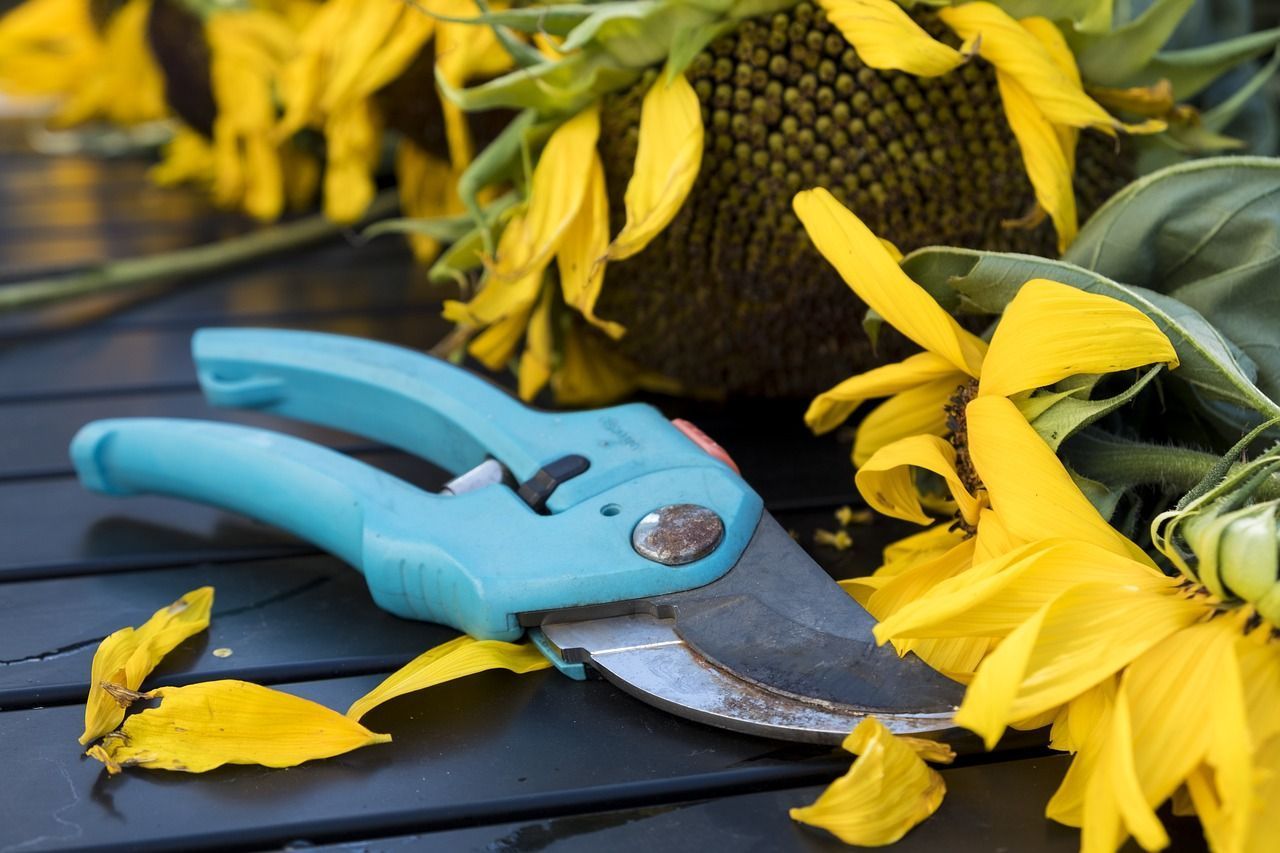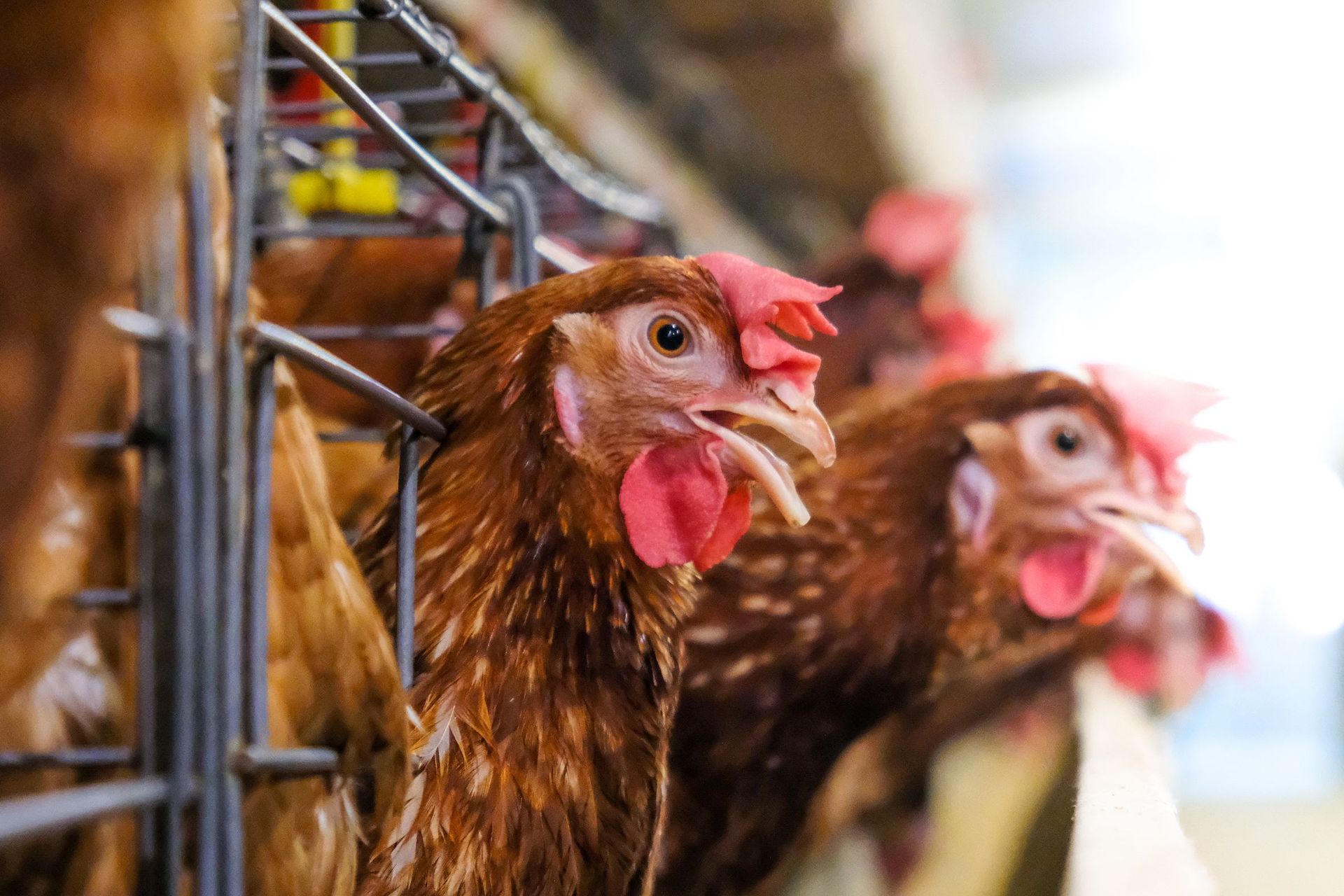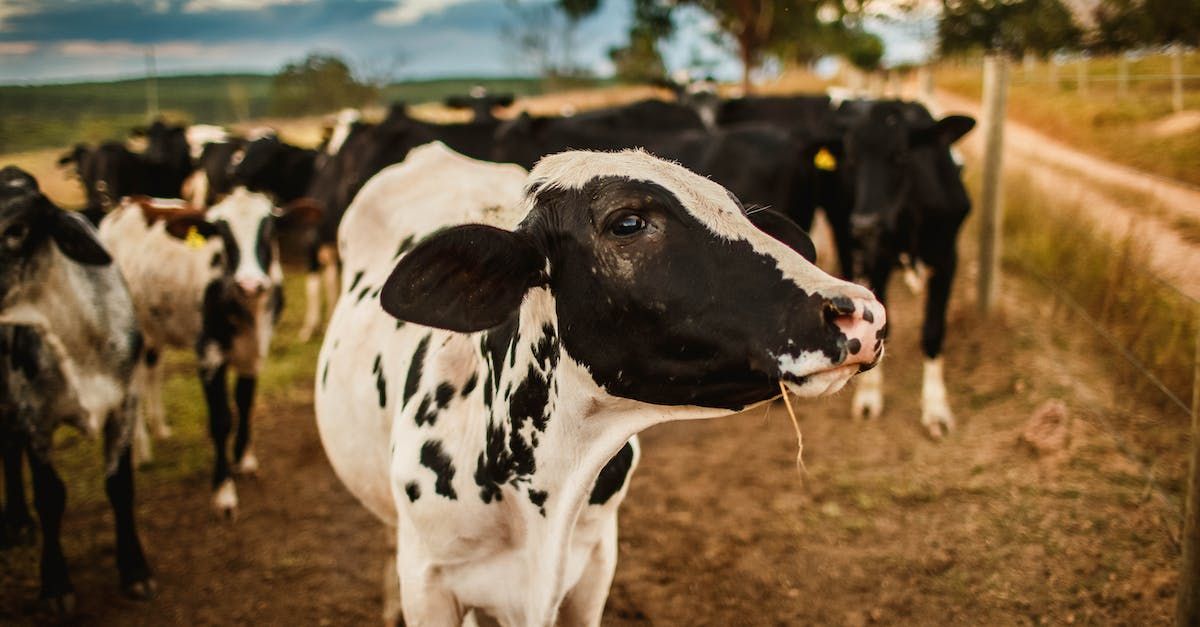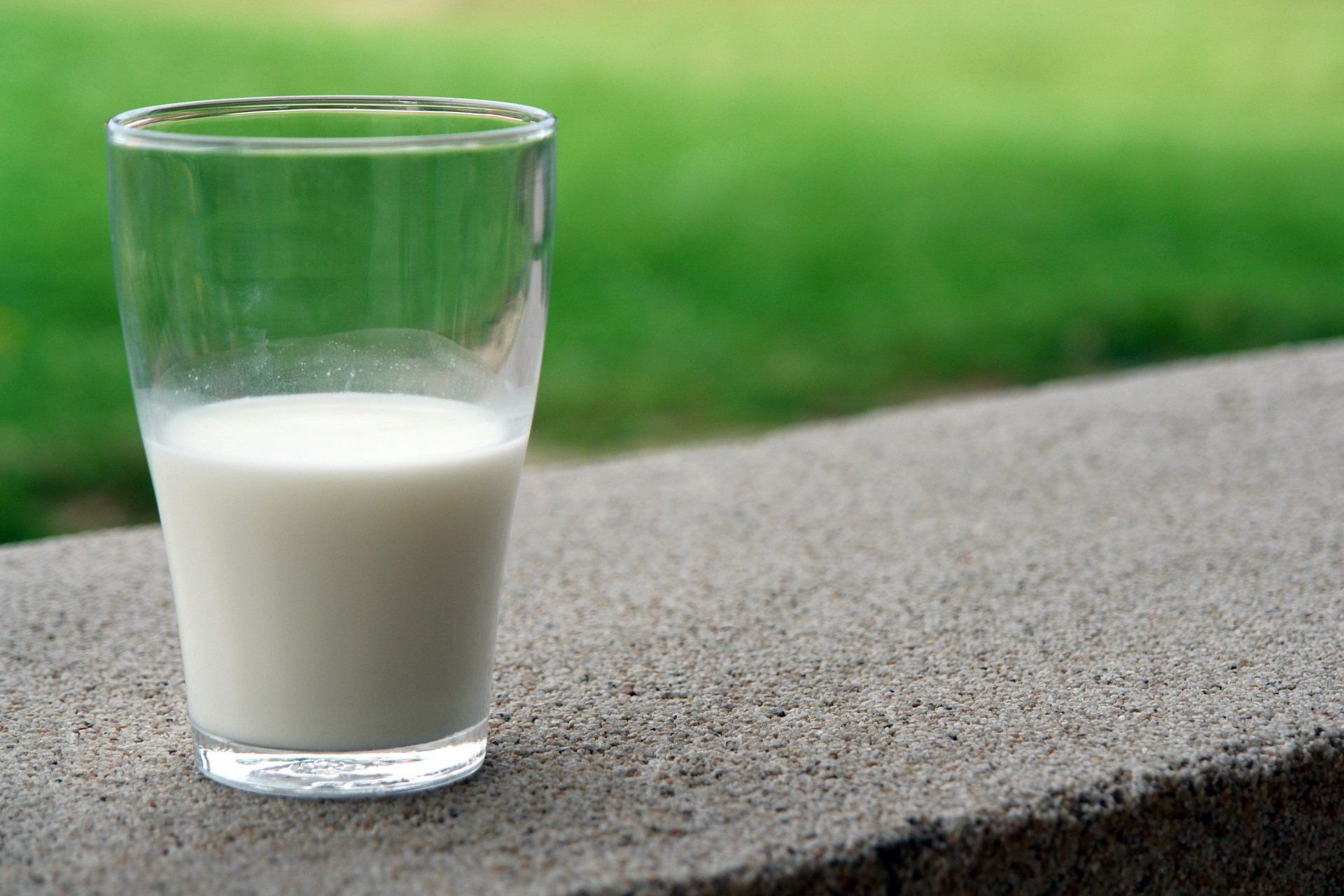Container Planting with Biochar
July 9, 2021
Knock Your Gardening up a Notch!
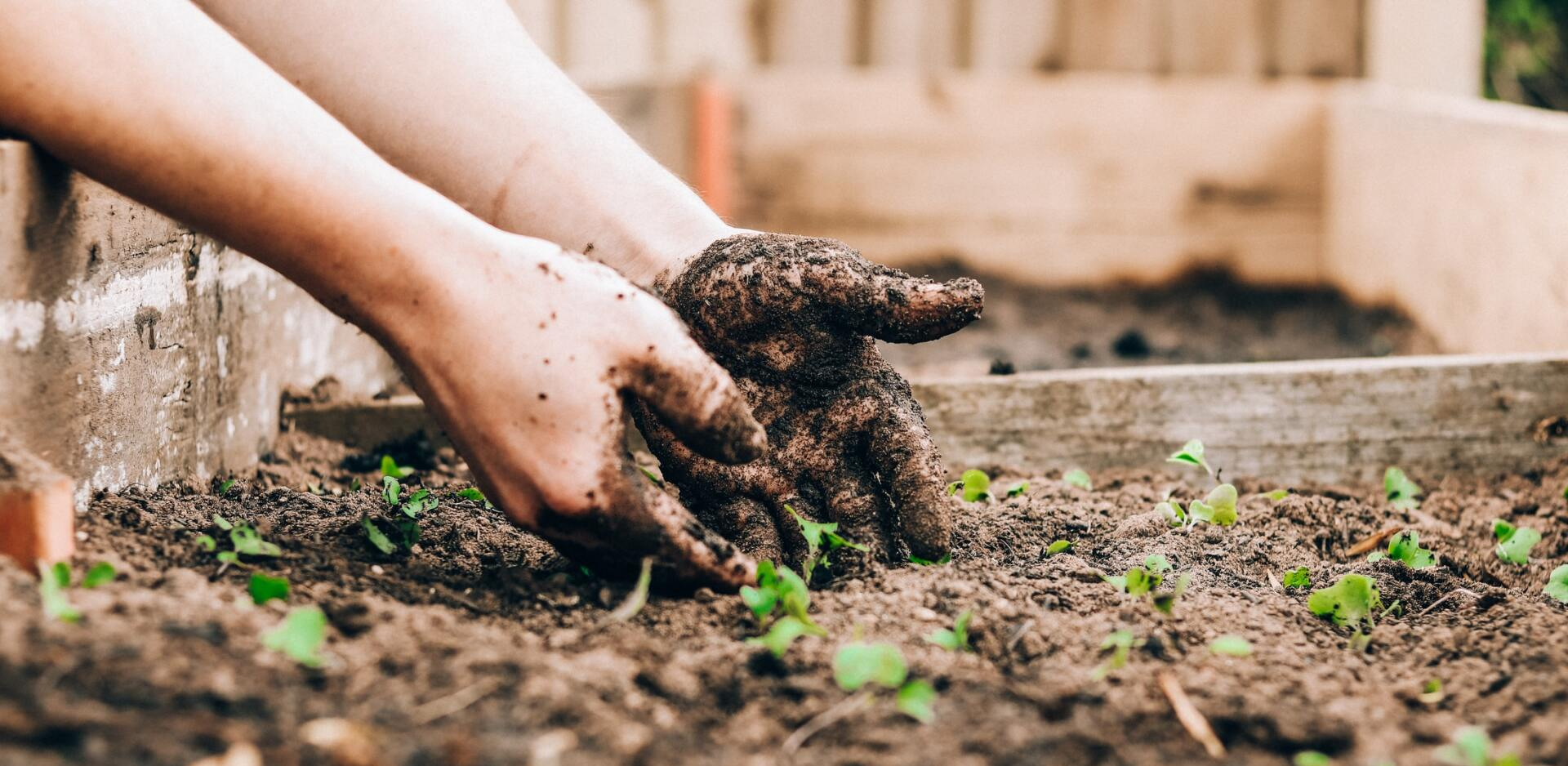
By: Sheila McEwen
I first learned about biochar last year while watching Rosario Dawson's award-winning documentary The Need To GROW.
I was immediately intrigued by the concept of applying charred cooking waste to a vegetable garden to boost yields while reducing the need to add water and fertilizer. So I began a quest to learn more about the glittering horticultural black gold called biochar and to experiment with biochar in my thirsty container garden.
What is biochar?
Depending on the information source, biochar is either a high-grade type of charcoal or a “charcoal-like” substance with properties superior to those of charcoal. Regardless, all sources tend to agree that biochar differs from common charcoal—say, the type used for cooking briquettes—in how it is made and in its extraordinary beneficial uses.
How biochar is made
Biochar is made in a process called pyrolysis, which exposes carbon-rich organic matter to extreme heat with little or no access to oxygen. All sources of this carbon-rich matter were once part of a living organism. Sources typically include plant waste, like wood and corn stalks, by-products of a biological process, like manure and sewage, or a combination of the two, like livestock bedding.
Biochar’s beneficial uses
Biochar increases the soil’s moisture retention, which reduces the need to irrigate crops. Biochar also helps nutrients to move through the soil more efficiently, which reduces the need to add fertilizers. What’s more, biochar also helps to restore organic carbon, filter soil contaminants, neutralize acidic soils, and suppress odors in manure applications! But, for now, I’ll just focus on biochar’s benefits to plants.
My biochar experiment
I’m not a farmer, just a hobby gardener dabbling with varying success at growing vegetables in containers. My interest in biochar was mostly to cut down on watering during the blistering heat waves that are becoming the norm in southern Ontario’s growing season. I’ve had to water container plants morning and evening on days when the temperature exceeded 30 degrees Celsius.
As if the challenge of container planting were not enough, I recently transitioned to veganic gardening and no longer use synthetic fertilizers or animal-derived compost. So I was curious to see how biochar could improve nutrient uptake by plants confined to a vegan diet within tiny, plastic-bound biospheres.
Canadian-made biochar
My search for Canadian biochar suppliers located AirTerra, an Alberta company that produces SoilMatrix, a high-grade biochar made from wood residue. I particularly liked AirTerra’s assurance that its product is free of animal waste and of toxic substances like pathogens and polycyclic aromatic hydrocarbons (PAHs). So I ordered several boxes of SoilMatrix and began experimenting with biochar.
Putting biochar to work
During a phone chat on how to get started, AirTerra President and CEO Rob Lavoie advised me to inoculate the biochar with compost before combining it with my potting soil. Biochar by itself contains no nutrients but it provides pathways for beneficial microbes to transfer nutrients and moisture from the compost to the plant roots.
As Rob explains, “The soil ingredients—sand grains, silt, humus (dead plant material), clay, and soil organic carbon—play an important part in enabling roots and microbiology to uptake nutrients destined to feed plants. The key requirement for nutrients to be bioavailable is their “solubility”. Roots, bacteria, and fungi can only take up nutrients that have been solubilized (in solution with water.) This is where biochar can help.
“Biochar assists nutrient uptake through its ability to support the solubilisation of nutrients on its large surface area of positively and negatively charged pore structure. Moreover, the pores themselves make excellent storage locations for moisture. Together, moisture stored (absorbed) in biochar pores and nutrients stored (adsorbed) along its charged cellular walls become more available for roots, bacteria, and fungi. Mycorrhizal fungi provide a transportation paths for nutrients and moisture stored in biochar particles to get to the roots. “
So, over the fall and winter months of 2020-21, I added biochar to ground tree leaves and kitchen waste and kept the mixture moist and aerated. By the spring, most of the mixture resembled dark soil. To prepare my plant containers, I combined the biochar blend with potting mix containing soil and mycorrhizal fungi. Those were the only ingredients my plants would access for the full growing season, apart from any nutrients inadvertently delivered by the birds and insects in my backyard.
When to use biochar
If you’re also considering biochar amendment to your gardens or fields, Rob cautions that you first should ensure the nutrients in your soil are solubilized. He explains,
“Saying that biochar is necessary for soil nutrients to be made available for plants would be a vast over statement! Roots can access nutrients directly if the root itself encounters nutrients that are solubilized. For this to occur, the soil must be moist with solubilized nitrogen, phosphorous, and potassium (to name only the top three macro nutrients). If the soil is dry, the nutrients are in a crystalized solid form, leaving them unavailable to plant roots. Also, nutrients that have not been adsorbed onto a surface or some type of surface area can easily be washed away in the rains, and this is the fate of a soil with too little soil organic carbon content in the form of dead plant or microbial material or biochar. It is the soil life in the form of bacteria, fungi and earthworms that perform the work of converting solid organic material into these solubilized nutrients.”
To make the most of your biochar investment, Rob offers these tips:
- Don’t use biochar for soil that is already rich in organic carbon (compost, dead plant material, wood chips, mulch, etc.) Organic-rich soils already have the surface area needed to make nutrients available for plants.
- If adding biochar directly to soils lacking in organic carbon,
- first amend the soil with rich compost and worm castings. This will help make the nutrients more available in a solubilized form, then
- add the biochar between layers of compost to help maintain the organic carbon level at a healthy level.
- Instead, and ideally, co-compost the biochar with organic residues before adding it to the soil.
Results
Although it’s too early in the season to detect biochar’s impact on food yield, all the container plants are looking vibrant and little fruits are beginning to emerge on their fragile branches. I’m happy to find that my plants need less frequent watering than they previously had on comparatively hot, dry days. Biochar may be one of the reasons.
If you’re interested in learning more about AirTerra’s Soil Matrix biochar, please visit www.airterra.ca
Sheila McEwen is a freelance technical writer and a novice veganic gardener.
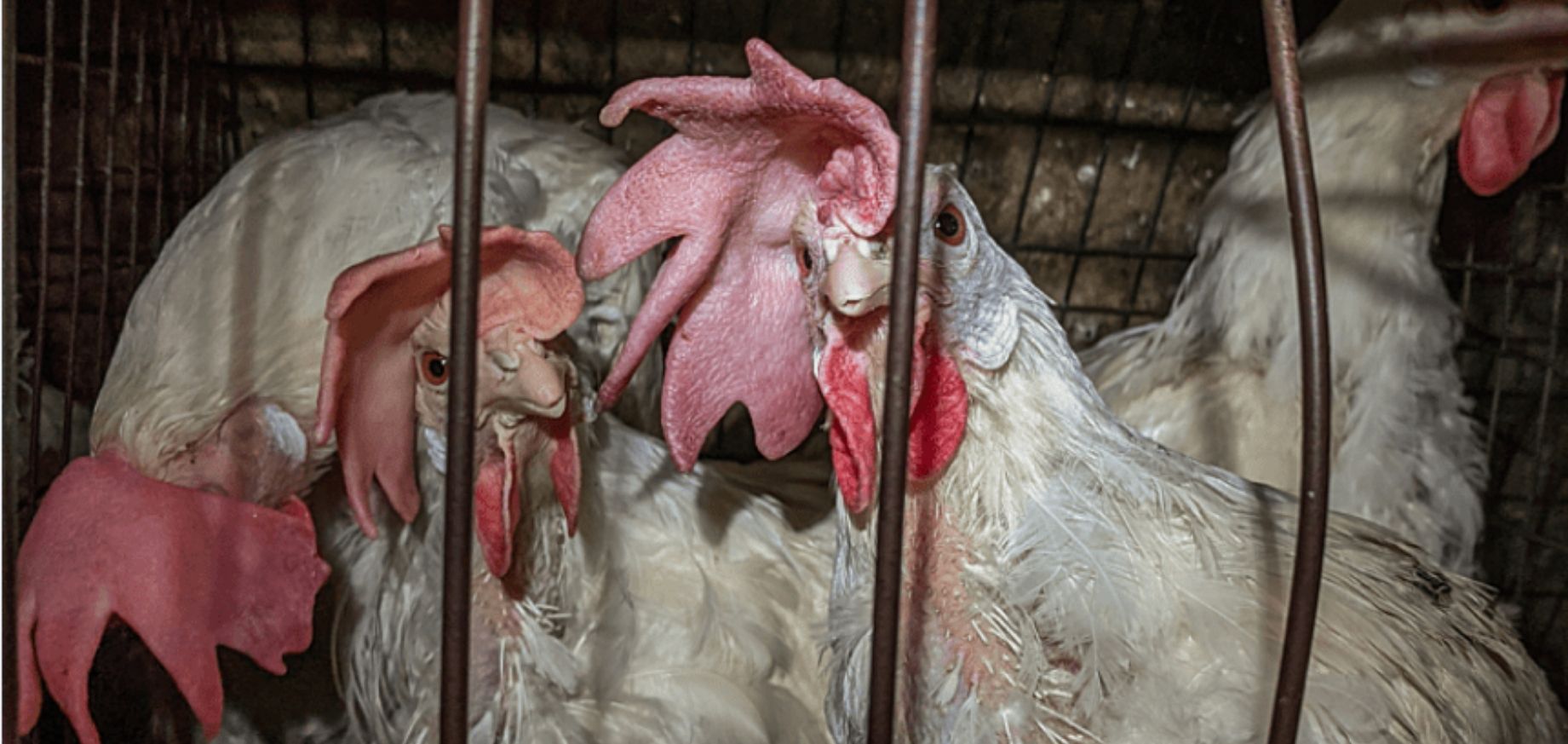
Originally posted on Mercy For Animals' web blog . I am grateful for Mercy For Animals’ work in highlighting the unacceptable lack of progress in cage-free hens in Canada, as outlined in their new report, Beyond the Commitment: Evaluating Cage-Free Progress Across the Canadian Retail Sector . As the report demonstrates, Canada’s percentage of cage-free hens (20%) lags behind global standards, including those of the US (45%), Australia (62%), and the EU (82%). This failure to meet the most basic standards of the agricultural industry highlights the lack of governance and transparency in Canada’s food system. The reality is that there are no federal standards for farm animal welfare. To quote a former farm worker, “You don’t need to be an animal advocate to believe in cage-free hens”. It is clear to any typical individual who visits these operations that caged hens are unacceptable. It is not a matter of if, but when cage-free hens become required by law. The agricultural industry can do itself a favour by taking steps forward and becoming a leader, rather than watching itself lose the trust of consumers and face greater regulation at a far higher cost. Allison Penner is the Executive Director of Reimagine Agriculture . She drives collaborative solutions to key challenges in Canada’s food system, focusing on food tech, cultivated meat, food waste reduction, and plant-based food systems through policy development, public education, and media commentary on a forward-thinking agricultural future.
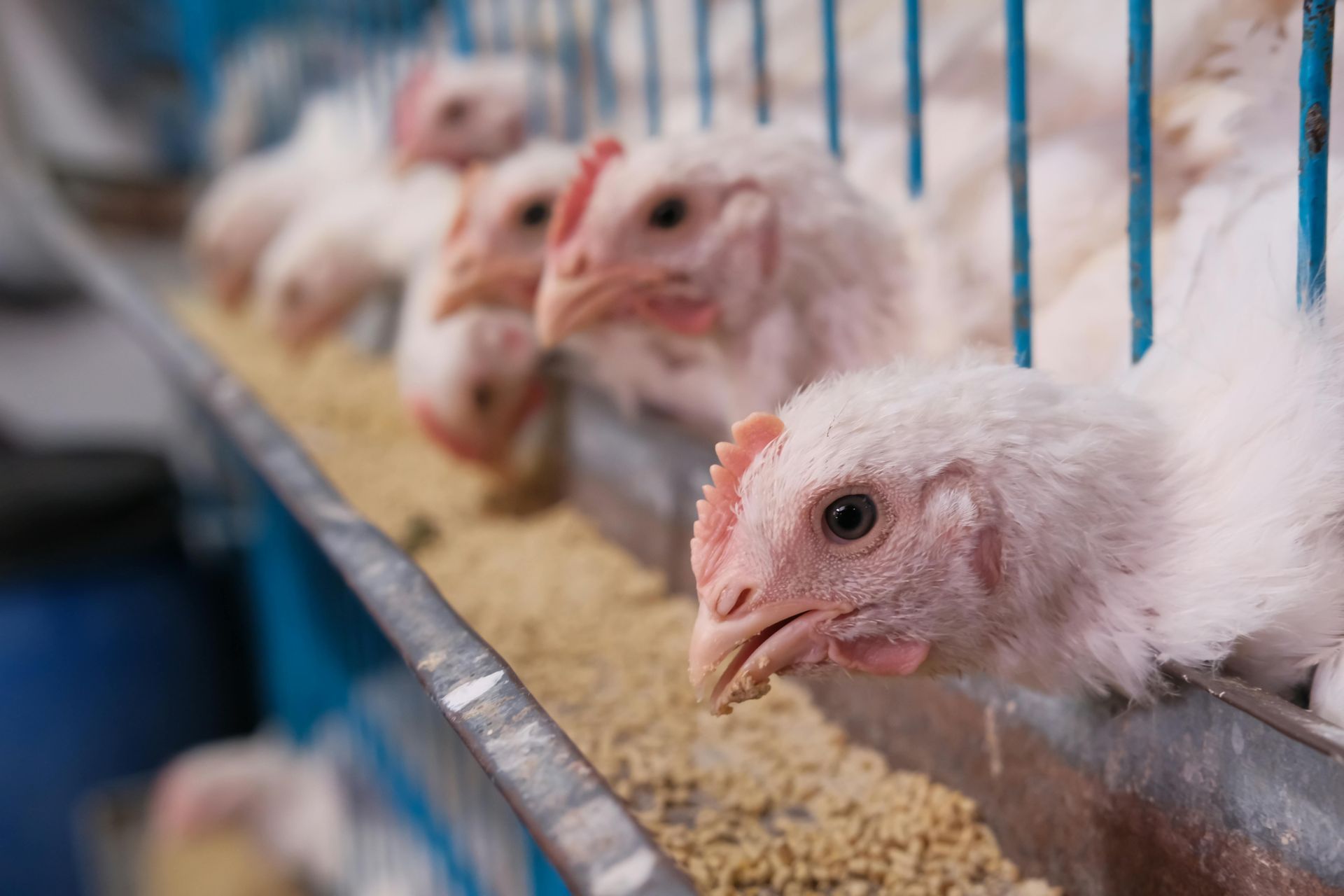
The 2024 Canada Animal Welfare Scorecard evaluated animal welfare commitments and transparency across 40 leading Canadian food companies. Focusing on cage-free eggs, gestation-crate-free pork, and adherence to Better Chicken Commitment (BCC) standards, the report uncovers serious gaps in transparency, industry-wide “humanewashing,” and persistent animal welfare issues. Here’s a breakdown of the most troubling findings. 1. Lack of Transparency in Major Retailers and Foodservice Providers Walmart Canada, Calgary Co-op, and Federated Co-operatives have demonstrated minimal transparency, failing to publish updates or roadmaps on their animal welfare commitments. Walmart Canada is the only top-five retailer in Canada not reporting any progress on welfare practices, despite publishing incremental updates in the U.S. Meanwhile, Calgary Co-op still lacks any published policies or progress toward ending confinement for hens and pigs, despite its members’ vote to support humane conditions over a decade ago. 2. Misleading Industry Claims and "Humanewashing" Tactics A major issue facing Canadian consumers is the widespread “humanewashing” in the food industry, where companies use misleading labels and terminology to suggest higher animal welfare standards than actually practiced. Companies like Burnbrae Farms label their eggs as “Nestlaid,” implying cage-free conditions, which leads nearly half of surveyed consumers to mistakenly believe these eggs come from open barns. Industry groups, including Chicken Farmers of Canada , amplify this confusion by using terms like “family farms” to evoke images of small, humane operations, even when products are sourced from intensive confinement systems. Rather than improving actual welfare standards, these organizations invest heavily in shaping public opinion through corporate responsibility reports and marketing campaigns, leaving consumers misinformed about the true conditions behind their food. 3. The Crisis of "Frankenchickens" in Poultry Production The Canadian poultry industry’s use of ultrafast-growing birds, often termed “Frankenchickens,” remains a primary welfare issue. These birds are bred to grow four times faster than chickens in the 1950s, resulting in painful health problems and limiting their ability to move or access food and water. Although companies have pledged to stop using these breeds by 2026, few have shown significant action on this front. Major Canadian poultry producers continue to use these breeds, creating severe welfare implications. 4. Continued Use of Gestation Crates for Pigs Gestation crates remain the norm across Canadian pork production, confining mother pigs in cramped stalls that prevent them from turning around. Some progress is evident, with companies like Costco and Starbucks Canada reporting steps toward group housing. However, Walmart Canada and Federated Co-operatives have not published policies or progress. While the industry timeline for complete phase-out stretches to 2029, these companies have yet to implement meaningful welfare improvements, prolonging extreme confinement for Canada’s 1.2 million breeding sows. 5. Slow Progress in the Shift to Cage-Free Eggs Despite growing opposition to cage confinement from Canadian consumers, the Canadian egg industry continues to invest in “enriched” cage systems that offer only minor improvements over conventional battery cages. Companies like Metro and Sobeys committed to sourcing cage-free eggs but report slow progress across their supply chains, while Calgary Co-op has yet to report any steps forward. Globally, over 2,600 companies have committed to eliminating cages, but Canada falls behind due to its reliance on slightly modified cage systems. Moving Forward: Accountability and Clear Roadmaps Required Companies need transparent roadmaps, annual goals, and consistent reporting to keep pace with rising consumer and investor expectations. Brands such as A&W Canada, Aramark, and Panago Pizza have set strong examples, publishing BCC-compliant policies and reporting progress, proving tangible progress is achievable. However, for others, a significant gapremains between public promises and the welfare practices in their supply chains.


